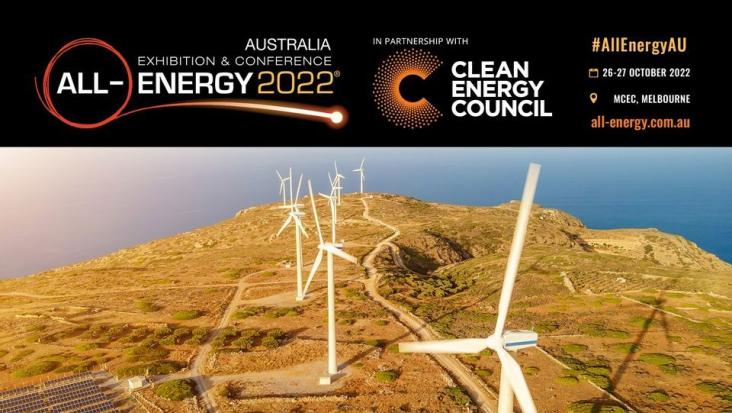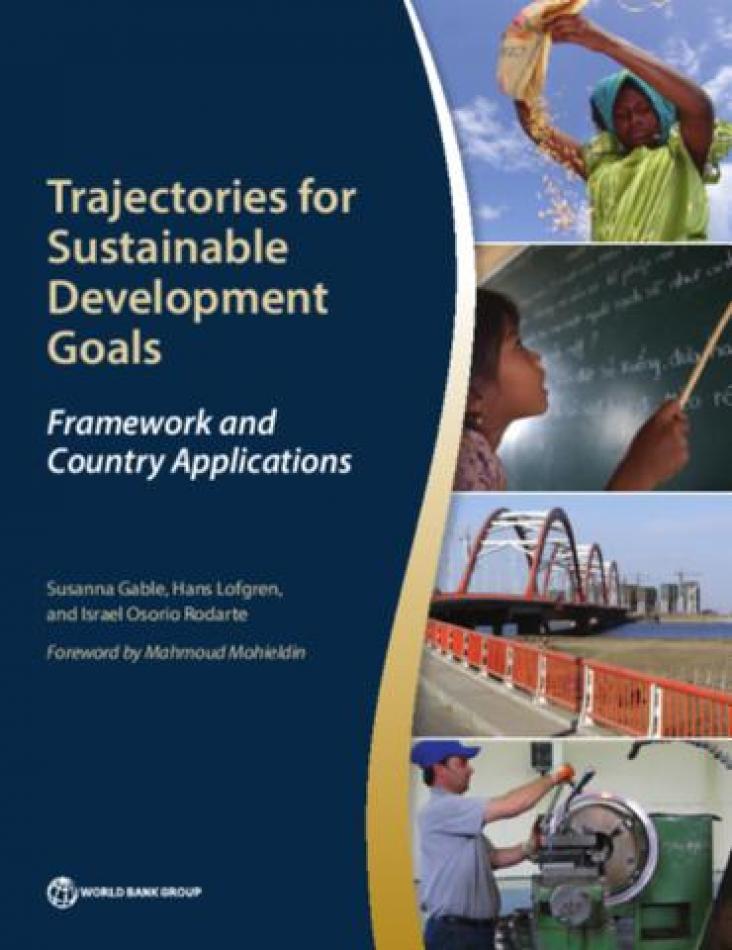
Health Reform Policy to Practice, Oregon's Path to a Sustainable Health System: A Study in Innovation, 2017, Pages 313-332
The development of new high-efficiency magnets and/or electric traction motors using a limited amount of critical rare earths or none at all is crucial for the large-scale deployment of electric ve
Gopalakrishnan, Varsha and Bakshi, Bhavik R., "Including Nature in Engineering Decisions for Sustainability", Editor(s): Martin A. Abraham, Encyclopedia of Sustainable Technologies, Elsevier (2017), Pages 107-116

